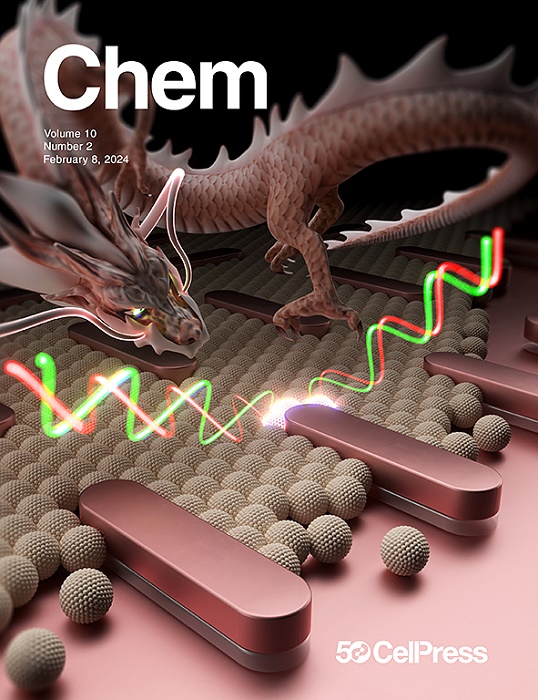以数据科学为指导预测胺对映体过量--一种工作流程方法
IF 19.1
1区 化学
Q1 CHEMISTRY, MULTIDISCIPLINARY
引用次数: 0
摘要
Howard 等人在本期《化学》杂志上针对高通量测定手性伯胺对映体过量的潜在瓶颈问题,开发了一种数据驱动方法,通过机器学习方法和计算相结合,生成理论模型和预测校准曲线,从而取代大量的校准测量和相应的校准曲线。本文章由计算机程序翻译,如有差异,请以英文原文为准。
Toward data-science-guided prediction of enantiomeric excess in amines—A workflow method
Potential bottlenecks in high-throughput determination of enantiomeric excess in chiral primary amines is being addressed, by Howard et al. in this issue of Chem, by developing a data-driven methodology that replaces extensive calibration measurements and the corresponding calibration curves through a combination of machine learning methods and computations that produces a theoretical model and predicted calibration curves.
求助全文
通过发布文献求助,成功后即可免费获取论文全文。
去求助
来源期刊

Chem
Environmental Science-Environmental Chemistry
CiteScore
32.40
自引率
1.30%
发文量
281
期刊介绍:
Chem, affiliated with Cell as its sister journal, serves as a platform for groundbreaking research and illustrates how fundamental inquiries in chemistry and its related fields can contribute to addressing future global challenges. It was established in 2016, and is currently edited by Robert Eagling.
 求助内容:
求助内容: 应助结果提醒方式:
应助结果提醒方式:


